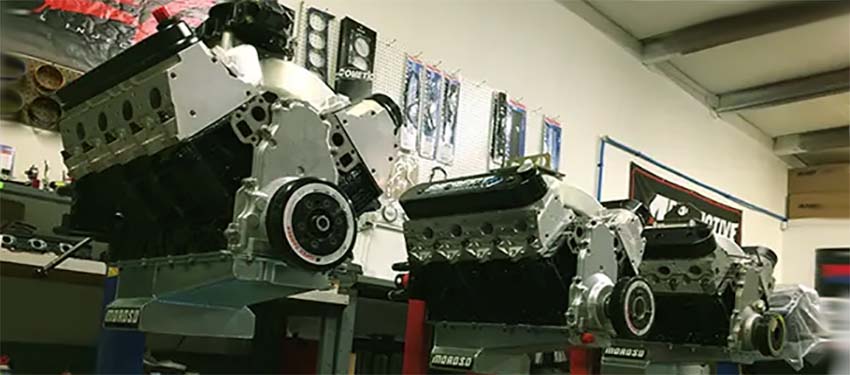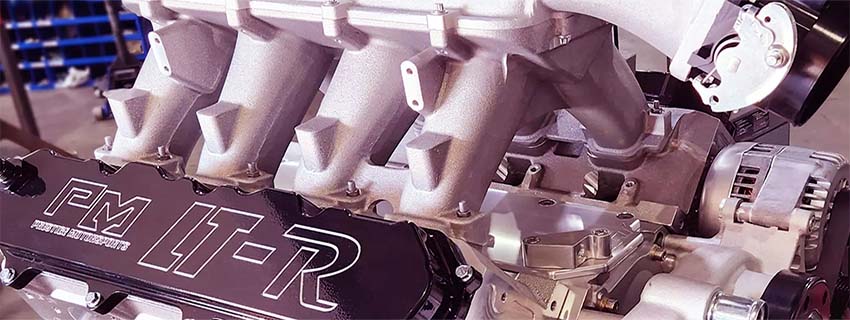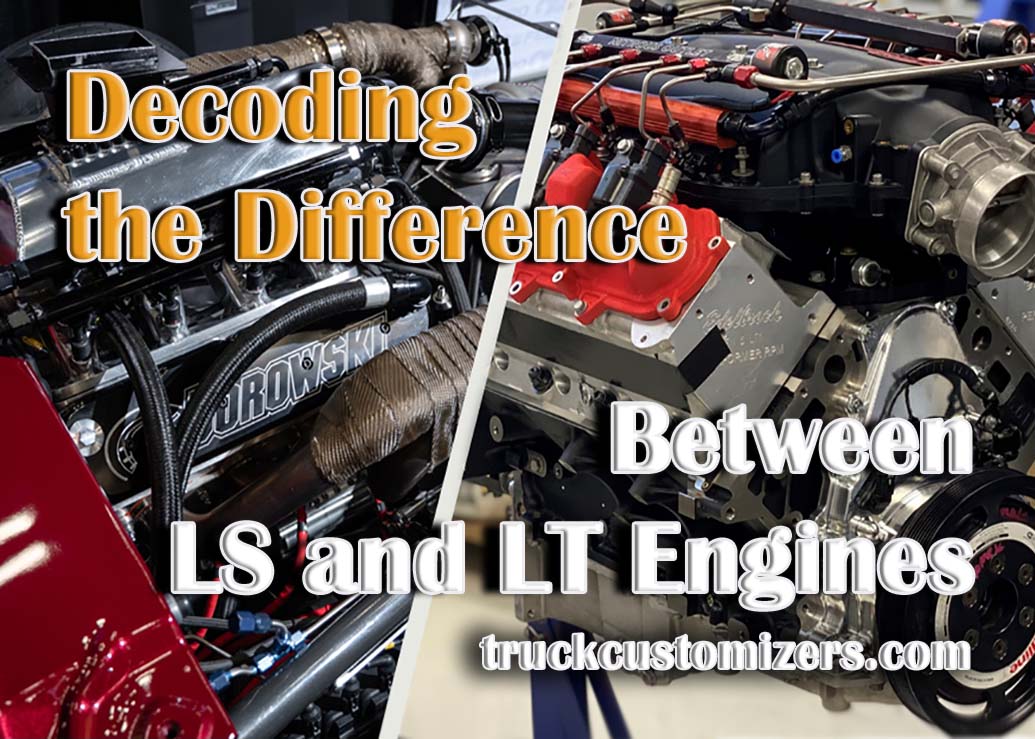In the heart of many high-performance vehicles lie the LS and LT engines, both highly sought-after offerings from General Motors. For those not familiar with these powerhouses, LS and LT engines have made their names in the auto industry for their exceptional blend of power and efficiency. As an introduction to this comprehensive guide, we aim to decode the difference between LS and LT engines, setting the foundation for a more in-depth discussion about their individual characteristics and technological intricacies. We’ll explore their evolution, dig into their defining features, and discuss why these engines, despite belonging to the same family, hold unique places in the world of automotive engineering.
A Closer Look at LS Engines
Stepping into the world of LS engines, it’s hard to ignore their influential role in reshaping performance expectations for a wide variety of vehicles. Launched in the late 90s, LS engines quickly became synonymous with high-performance, affordability, and adaptability. Their reputation for high power output, fuel efficiency, compact size, and lightweight construction has consistently earned them accolades from auto enthusiasts and experts alike. Their versatility makes them ideal for a wide array of vehicles, from compact cars to heavy-duty trucks. Perhaps the most revered aspect of LS engines is their high adaptability and potential for modification and tuning. Thanks to the technological advancements at the time of their creation, LS engines continue to be celebrated for their superior power and torque generation compared to their predecessors.

Detailed Overview of LT Engines
Introduced in 2013, LT engines arrived on the scene as the successors to the beloved LS engines, carrying the torch of innovation forward. These engines, designed to incorporate cutting-edge advancements in automotive engineering, are notable for their direct fuel injection technology – a feature that significantly enhances both power output and fuel efficiency. Their design also incorporates advanced features such as variable valve timing and active fuel management. LT engines take a leap forward in construction as well, using state-of-the-art materials for better thermal management and durability. By setting new benchmarks in engine technology, LT engines have established themselves as the engine of choice for those seeking the latest in automotive technology and performance.
Comparison of Key Aspects Between LS and LT Engines
LS and LT engines, despite their shared lineage, exhibit considerable differences in several areas. These distinctions play a significant role in shaping the respective engines’ performance characteristics and use-cases. Some of these key differences include:
-
Fuel Injection Systems: LS engines employ a port fuel injection system, while LT engines utilize a more advanced direct injection system. This variance in technology impacts the engines’ power output and fuel efficiency.
-
Construction Materials: The materials used in the construction of these engines also vary. LS engines are built with durable but relatively standard materials, while LT engines benefit from more technologically advanced materials, offering enhanced heat management and durability.
-
Technology and Performance: LT engines incorporate more modern technologies like variable valve timing and active fuel management. These features allow for greater fuel efficiency and performance optimization, setting them apart from LS engines.
Understanding these differences can help prospective buyers or automotive enthusiasts make an informed decision, whether they’re looking for a reliable, high-performance engine or seeking the latest in engine technology.

Impact of the LS and LT Engine Differences on Performance
The differences between LS and LT engines are not just theoretical; they manifest in tangible ways in terms of performance. LS engines, with their high power output and potential for modification, cater to those looking for raw power and the ability to customize according to their needs. On the other hand, LT engines, with their advanced technologies such as direct fuel injection, variable valve timing, and active fuel management, deliver superior efficiency. These engines strike an impressive balance between power and fuel economy, appealing to those who seek the latest advancements in engine technology. Keep in mind that the performance of these engines can be further enhanced with the right aftermarket products. For instance, exploring options such as the Best Cold Air Intake for GMC Sierra 1500 discussed in our separate article can provide valuable insights on improving engine performance.
LS and LT Engines in Contemporary Vehicle Models
The practical application of LS and LT engines is evident in numerous contemporary vehicle models. The versatile LS engines, celebrated for their adaptability and performance, are prominently featured in several Chevrolet models including the Silverado and classic Corvettes. On the other hand, the technologically advanced LT engines have found their way into newer, more premium models like the Chevrolet Camaro and the latest iterations of the Corvette Stingray. The wide usage of these engines in such diverse vehicle models is a testament to their efficiency, power, and overall superiority.
Conclusion: Choosing Between an LS and an LT Engine
Ultimately, the choice between an LS and an LT engine boils down to personal preference, budget considerations, and intended use of the vehicle. LS engines, with their high power output and vast potential for modification, are a perfect choice for automotive enthusiasts who prefer to have control over their vehicle’s performance and enjoy the process of tuning and modification. LT engines, however, with their advanced technology and superior efficiency, are ideal for those who value cutting-edge engineering and optimized performance right out of the factory. By understanding the key differences between these two renowned engine types, you are now equipped to make an informed decision that best suits your specific needs and preferences.



